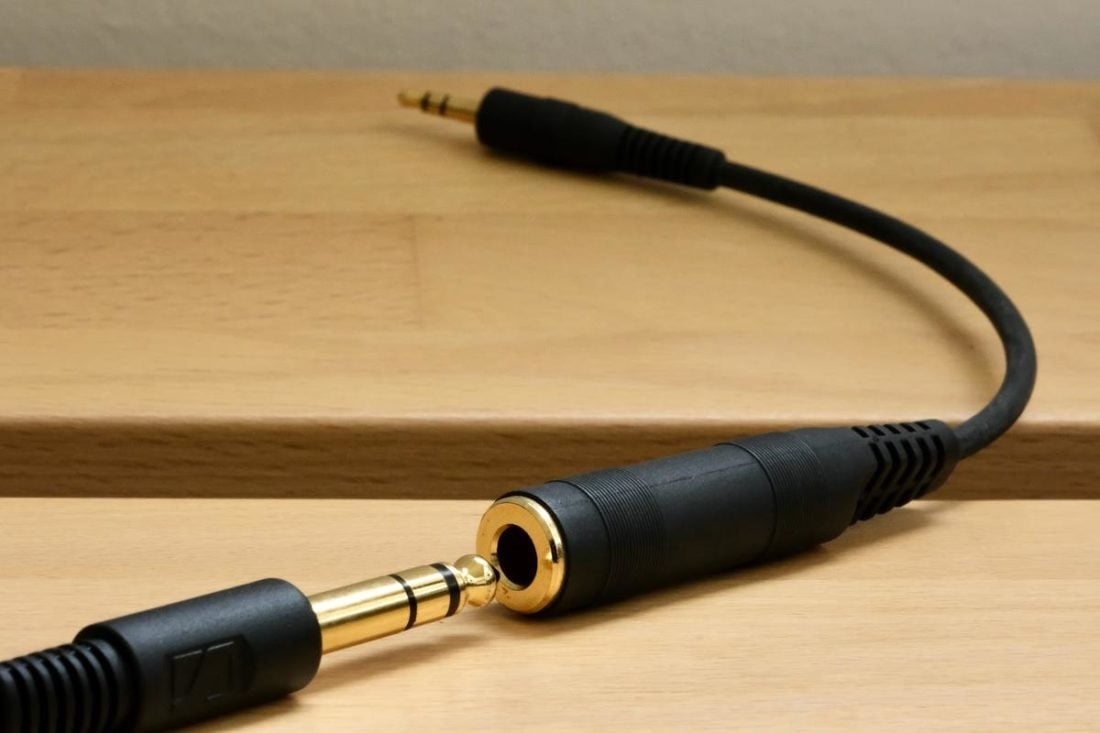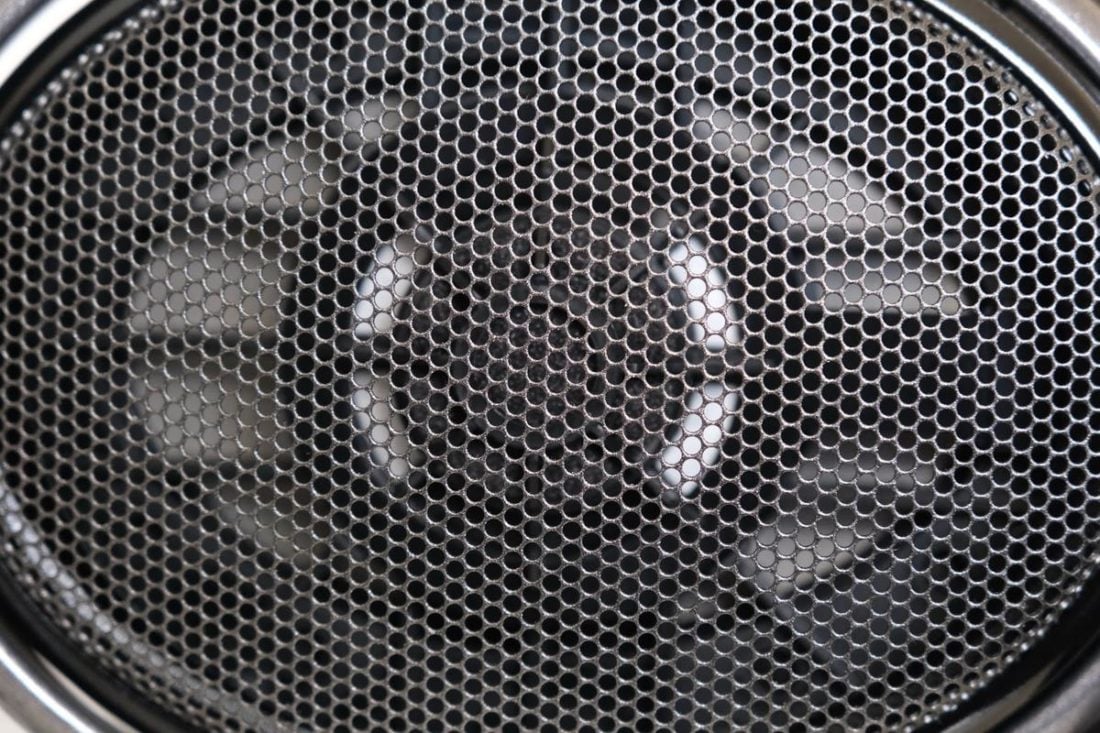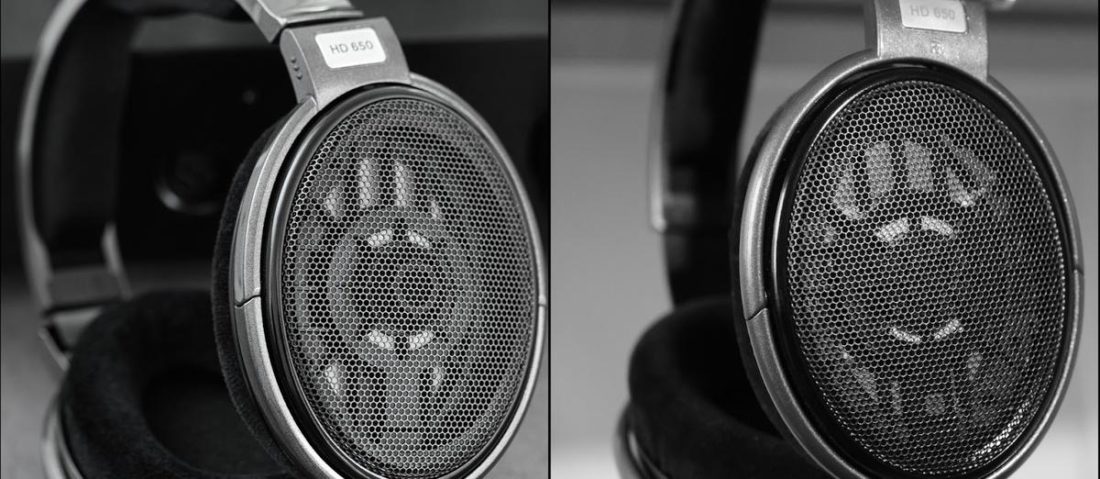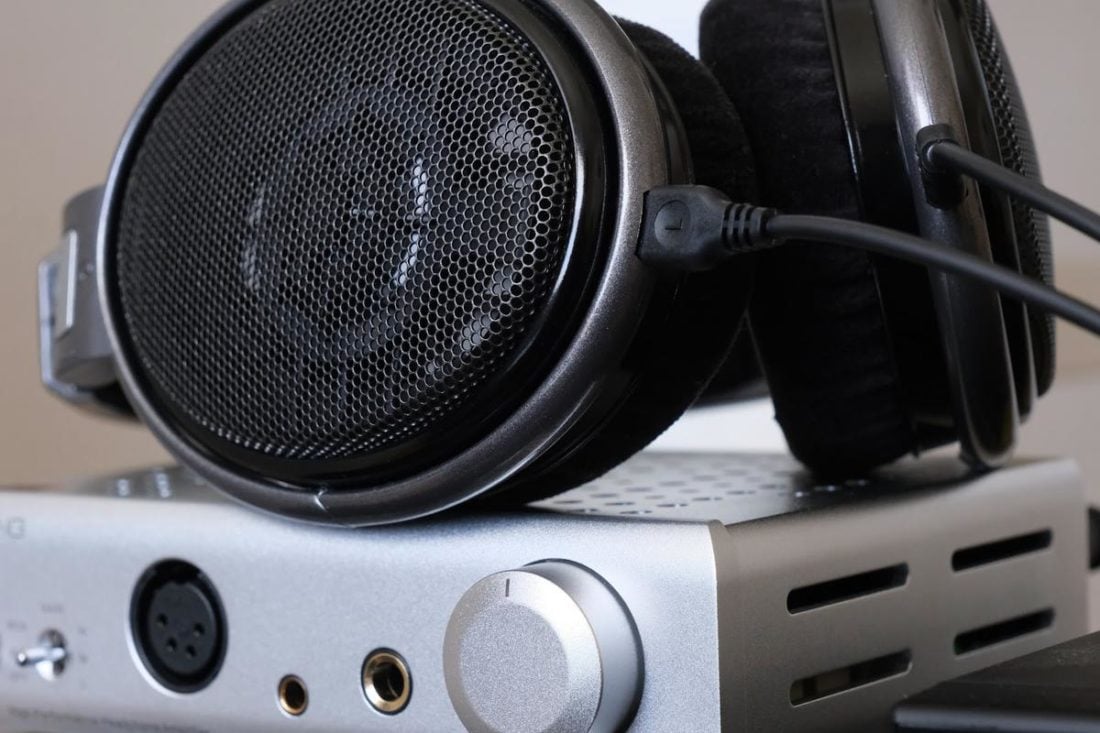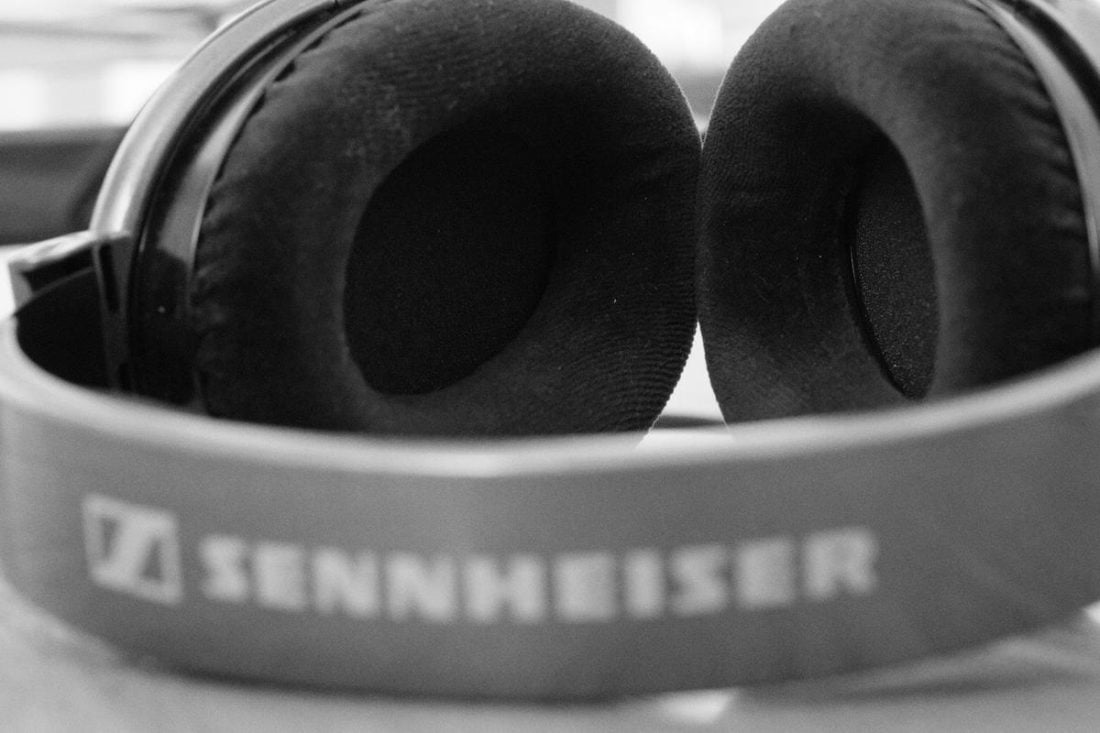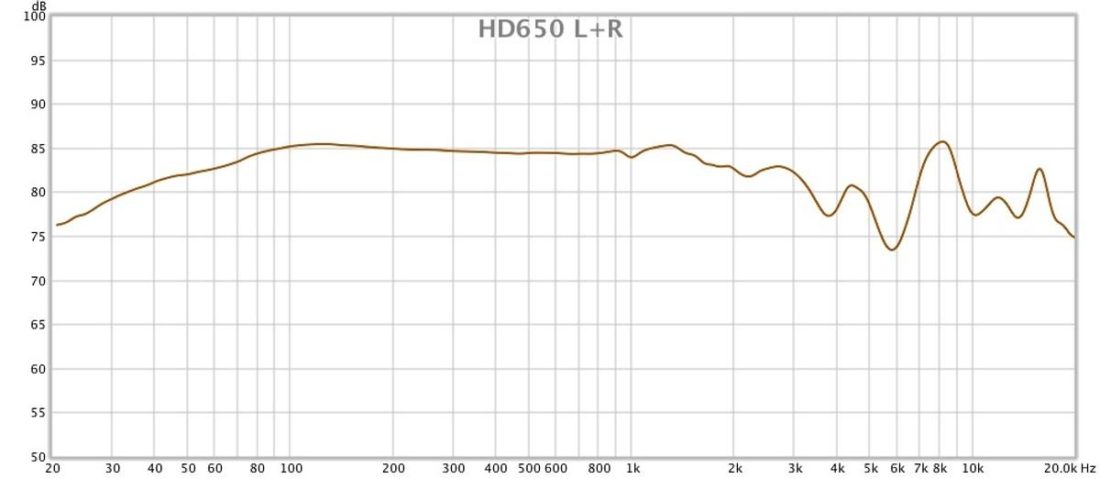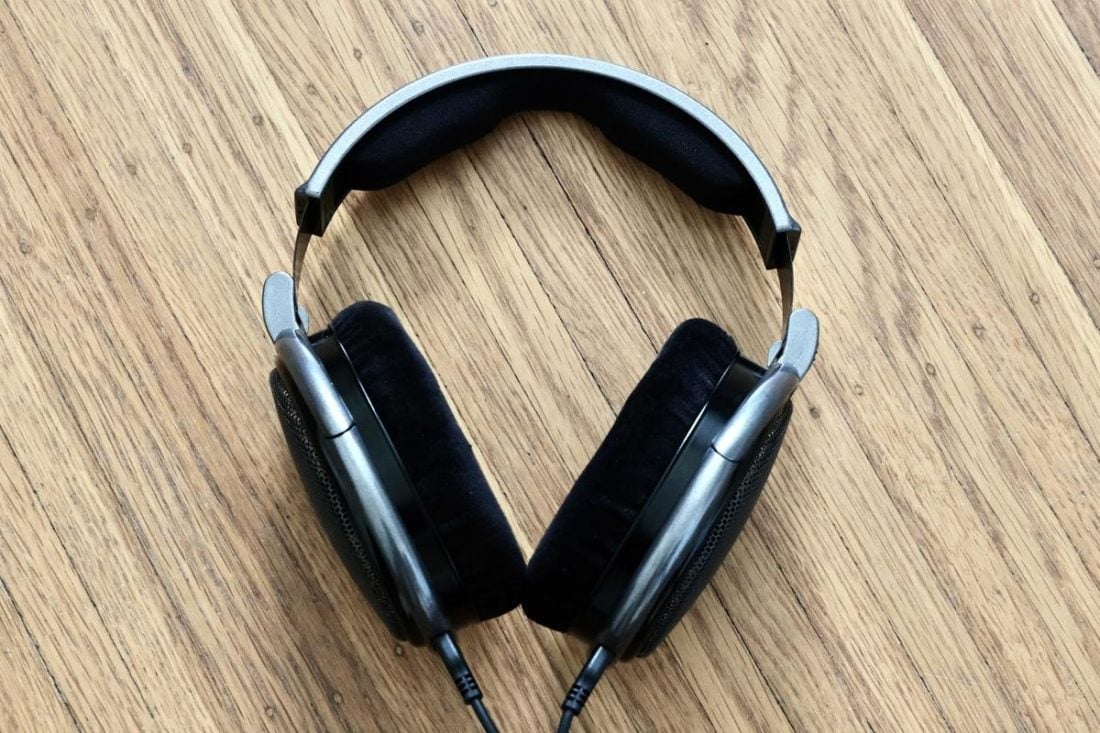The internet ensures we’re all constantly distracted by the latest shiny thing, from this year’s smartphones to the latest big-screen TVs, and yes, to headphones. With technology forever improving, there’s no doubt that new materials and construction techniques continue to drive innovation and push the boundaries of audio reproduction. But does that mean that what went before is consigned to the e-waste scrapheap? Not at all! In this review we’re going retro and taking a look at an enduring classic from Sennheiser that was introduced in 2003 and continues to hold its own to this day, giving many newer headphones a run for their money.
Company Overview
Sennheiser needs little introduction, having been a standard bearer in professional and consumer audio products for almost 60 years. Today, the company is still run by members of the Sennheiser family in Germany, and the product range has expanded from microphones to include telephone accessories, aviation headsets, and of course, headphones. In fact, Sennheiser introduced open back headphones to the world, all the way back in 1968! Eschewing the modern trend of frequently refreshing product lines, Sennheiser prefers to stick to its winning formulas. A microphone first sold in 1960 is still available today, and the current lineup of headphones includes a model dating back to the 1980s!
Technical Specifications
Form: Open back headphones Drivers: Dynamic Impedance: 300 Ohms Sensitivity: 103 dB Frequency Response: 10Hz – 41,000Hz Removable Cable: Yes Mic: No Plug: 6.35mm TRS with adapter for 3.5mm TRS Weight: 260g
Packaging
Following a re-tooling and refresh of the design in 2019, Sennheiser opted to simplify and reduce the size of the packaging, providing a simple cardboard box for the HD650. It’s worth noting that before the redesign, Sennheiser provided a large hinged and foam-lined presentation box for these headphones. It definitely made for a great unboxing experience, but I suspect most owners (myself included) soon stopped using the box for daily use.
In the box
HD650 headphones 3 meter removable OFC cable with 6.35mm plug Flexible cable adapter for use with 3.5mm jacks Instruction booklet
The booklet includes illustrations showing balanced cable options, both XLR and Pentacon. Neither are included, but may be purchased from numerous third party cable manufacturers. Mine came from Oidio Sound in the UK.
Design
The over-ear HD650 is the third model in a lineup that started in the early 90s with the HD580 and continues the family design language. Overall, I’d describe the design as functional more than premium. The construction includes a lot of glossy plastic, but it is high quality, and metal is used where it matters, such as in the adjustable headband frame and the external mesh protecting the driver. Certainly, no issues with durability here. The headband padding has a cutout in the center, which works perfectly for my head, as I often experience a pressure point with long listening sessions. Sennheiser used different headband padding designs on other models in the family, but has now settled on the center cutout across all current models (HD600, HD650, HD6xx, and HD660). I guess it’s not just me with the pointy head then! One other point of note with the headband is the clamping force, which is certainly higher than average. It never gets to the point of being uncomfortable, and does tend to ease over time. Perhaps a marketer would describe them as ‘reassuringly grippy’! Fortunately the headband can be adjusted with some careful bending for a lighter clamping force. They do get a little warm on extended listening, but never uncomfortably hot, and they work reasonably well with my glasses. Much of that warmth is down to the velour pads. These are firm rather than plush, but I enjoy the comfort, and find this a better material than leather (especially faux leather) for long listening sessions. The ear pads are sufficiently deep, and I’ve encountered no issues with my ears touching the foam covering the drivers, which can be an issue on more slimline designs. They do wear over time, but replacements are easy to find, and fit.
What changed with the 2019 design refresh?
As the original tooling used to make the HD650 began to reach the end of its serviceable life, Sennheiser took the opportunity to make some minor changes. Jermo Koehnke, Product Manager Audiophile at Sennheiser told me: Looking closely, the changes include:
Smaller Sennheiser branding on the headband Less rounded frame around the ear cups and on the headband R/L indicators moved (including 3 dots used to help the vision impaired)
The photos in this review are of my own pair, which predate the 2019 design tweaks. Here’s a photo from the Sennheiser website, alongside one I took of my own pair. Feel free to play ‘spot the difference’…
Internals
The HD650 design is not the smallest, and for good reason. Nestled inside is a 42mm transducer driving a 38mm diaphragm with an aluminum voice coil. Sennheiser boasts that the design tolerances are exceptionally tight with hand-picked drivers matched to ±1 dB, which they claim makes them perfect for both audio engineers and audiophiles. At 300 ohms impedance, they’re not the easiest headphones to drive, but they will work even with a smartphone and simply give greater rewards the better your amplification.
Are the HD6XX the same as the HD650?
It’s impossible to talk about the HD650 without mentioning perhaps the worst kept secret in the headphone world, the HD6XX. Massdrop (now Drop) has been partnering with OEM vendors for a decade to bring their products to market in a new, more community-focused way, and began working with Sennheiser to incorporate community feedback on the HD650 into a revision of the classic. The resulting HD6XX was Sennheiser’s first foray into community-driven design partnerships, and to this day the model remains Drop’s best selling product. So what’s different? I asked Sennheiser, and they confirmed what many have long suspected: Design-wise, the HD6XX features midnight blue plastics, vs grey on the HD650, and the older, more rounded design, like my own HD650. It also comes with a shorter 1.8m cable, terminated in a 3.5mm plug, and an adapter for 6.35mm jacks: the exact opposite of Sennheiser’s configuration. Best of all, the HD6XX comes in at a lower price point, bringing these great headphones to a wider audience.
Amplification
Before I discuss the sound, a note about amplification. With the HD650 being notorious for demanding a healthy dose of power from the amplifier, many owners have turned to OTL (Output-Transformer-Less) amps. This type of tube amplifier design produces a high voltage which is perfectly suited to higher impedance headphones like the HD650. To learn more about one of the most popular amp options for these headphones, take a look at this comprehensive guide to the Bottlehead Crack. My own listening system for this review comprised a Roon front end into a Chord Qutest DAC and Topping A30 Pro amp. I also tried them with my DAP, a Sony NW-WM1A Walkman to see how well it could drive these relatively insensitive headphones. In all cases, I used the stock cabling with a custom-terminated balanced XLR plug, and no equalization was applied.
Sennheiser HD650 Sound
Wading into a review of a headphone that’s been on the market for almost 20 years is no mean feat. The internet is already cluttered with many, many reviews of the HD650, and so it’s not easy to purge the mind of all that collected insight. I’m going to take on the challenge anyway, and for this review I’ll offer my subjective views on the well-used and loved pair I’ve personally owned for four years. Please share your own thoughts in the comments section below if you’re also an owner. From the moment music starts flowing into these headphones, it’s easy to switch off whatever else might be on your mind, and just sit back and enjoy. Starting with what these headphones are not: they are not offensive, in any way. Rather, I’d describe them as like a comfortable pair of slippers (or gloves if you’re not the slipper type). Their neutral to warm tonal balance makes for easy listening across a wide variety of music, but detail is not lost and it’s plain to see why they’re pitched at engineers as well as audiophiles. The HD650 doesn’t provide the broadest soundstage, and I’ve heard numerous sets of headphones and IEMs that do a better job in this area. One example that comes to mind is the GoldPlanar GL2000s which excel at providing pinpoint locations for every instrument across an expansive space in front of me, almost to the level of being distracting. No danger of that with the HD650, where the music mostly takes place between your ears. Interestingly, there’s an old press article on the Sennheiser website that compares and contrasts these with their siblings (the HD600 and HD660S) and suggests that each appeals to listeners in different regions, with the HD650 being a particular favourite in western countries. I’m not sure why this might be, but I will say the warmer, and slightly more bass-rich balance of the HD650 works for me!
Bass
The HD650 were introduced 7 years after the successful HD600, with the intention of producing a variation with a more involving sound and fuller bass. In that endeavour, Sennheiser undoubtedly succeeded. The bass on these headphones is full yet superbly controlled, ensuring it’s easy to follow the deeper notes played on a bass guitar or synthesizer. Sure, there are headphones with even more prominent sub-bass in particular, but for sheer listenability without fatigue, the HD650 scores highly here. Given sufficient amplification (these headphones are not the easiest to drive) they provide gutsy, punchy bass that manages to entertain, but never dominate the music. For an illustration, just crank up the volume on Last Living Souls by Gorillaz.
Midrange
Reproduction of the mids is where the HD600 built its reputation, and the HD650 builds on this foundation, with a similar, if perhaps slightly less incisive midrange presentation than its sibling. Vocals are beautifully reproduced on these headphones, and I find them particularly strong on male vocals. Pick almost any song by Chris Jones to enjoy these headphones at their best. Female vocals occasionally sound very slightly more veiled to my ears. It’s subtle, but if female artists are the bulk of your audio collection, then it’s worth paying extra attention in your own listening testing. One beautiful track, with closely mic’d vocals that illustrates this for me is Fairytale by Lianne La Havis, where I notice a slight ringing and hollowness. With that said, there’s a smoothness and refinement in the mids that keeps me coming back to the HD650 as my headphone of choice. Whether for vocals or instruments, I find the prominent but never harsh presentation of mids on the Sennheisers lets me forget about the headphones and get further into my music. That’s a gift only the best Hi-Fi can deliver.
Treble
How much you enjoy the top end on the HD650 will be down to personal taste: more so than with bass and midrange. From time to time I enjoy the sparkle of a bright top end but tend to find that lively signature tiring on longer listening sessions. Definitely not an issue here. These headphones present a laid-back top-end that never shouts, never overpowers, never distracts. To my ears, the balance is almost perfect, especially on more acoustic music, perhaps a shade soft if electronic music or hip hop is your thing. I listen to it all, and rather than dominating the tonal balance, instead my attention is consistently redirected to the mids, where vocals and so many instruments really shine.
Where to Buy
Conclusion
There’s a good reason why this is the pair of headphones I keep coming back to, whether for personal enjoyment, or as a benchmark against which to compare and review all other headphones and IEMs. These truly are superb all-rounders that provide the comfort and sound signature that promote long hours of delightful listening. There’s no genre of music for which I wouldn’t recommend the HD650. True, there are other headphones out there that will impress more, whether with sub-bass, top end sparkle, or soundstage, but for sheer listening pleasure, the 650s get out of the way and connect you to the music you love. I enthusiastically recommend the HD650 (or 6XX – one of the best deals in all of Hi-Fi) to anyone who spends a lot of time listening to music on headphones and who is prepared to invest in good amplification. You might find, as I have, that they’re your most used set.

